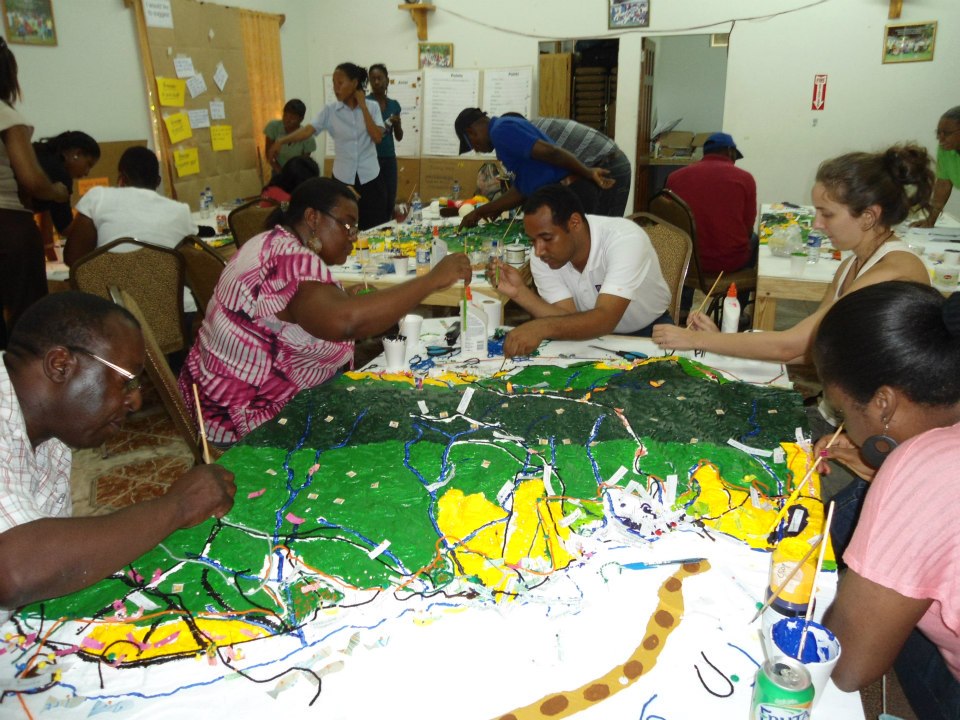Social and ecological vulnerability assessments
Social and ecological assessments inform targeted interventions to benefit local communities whose livelihoods are to mangrove ecosystems
To construct a robust blue carbon project, a clear understanding of local livelihoods and how they are tied in with the surrounding mangrove ecosystems is obtained through a livelihoods assessment. This includes an analysis of the social vulnerability to the effects of climate change. The social and ecological elements of the assessment provide information that helps conceptualize targeted blue carbon projects with interventions that benefit local communities by increasing their resilience, diversifying their production base, and enhancing their governance and human capital.
Previous contacts with local authorities, NGOs and local leaders is required. The project needs to be explained in a non-technical manner so that locals with varying degrees of education and interest can at least be aware of the project components and the potential benefits for the community. Well trained professionals and experts in community diagnostics, group facilitation, and conflict resolution are required to navigate social nuances that a casual observer may miss.
The priorities and perceptions of local communities and organizations may differ frequently and significantly. Local interest in a project may be minimal or non-existent, and expectations of project designers can differ from those of the communities. Outside observers may not fully understand local dynamics, conflicts, challenges and needs so it is important to have people trained in social science tools involved at all stages.
Having a local leader buy into the idea of a blue carbon project helps build confidence among the community, increases their participation, and opens the door for more transparent dialogues with the community.
Being open to local needs and wishes, and taking time to know the people and become immersed in their day-to-day lives can yield useful information for project development. Climate change effects may be minor priorities in comparison with far more urgent health, education and infrastructure needs of the community.
